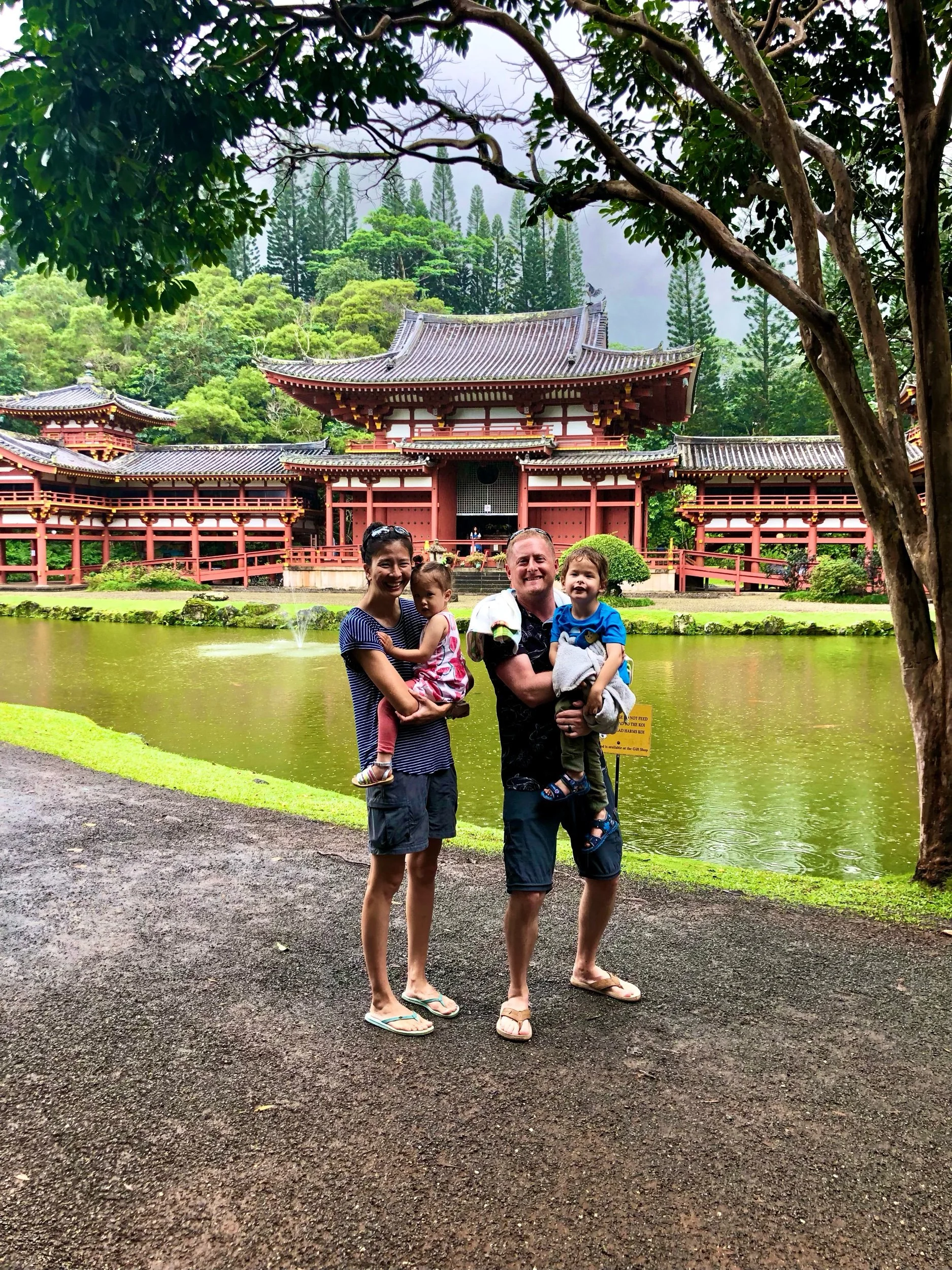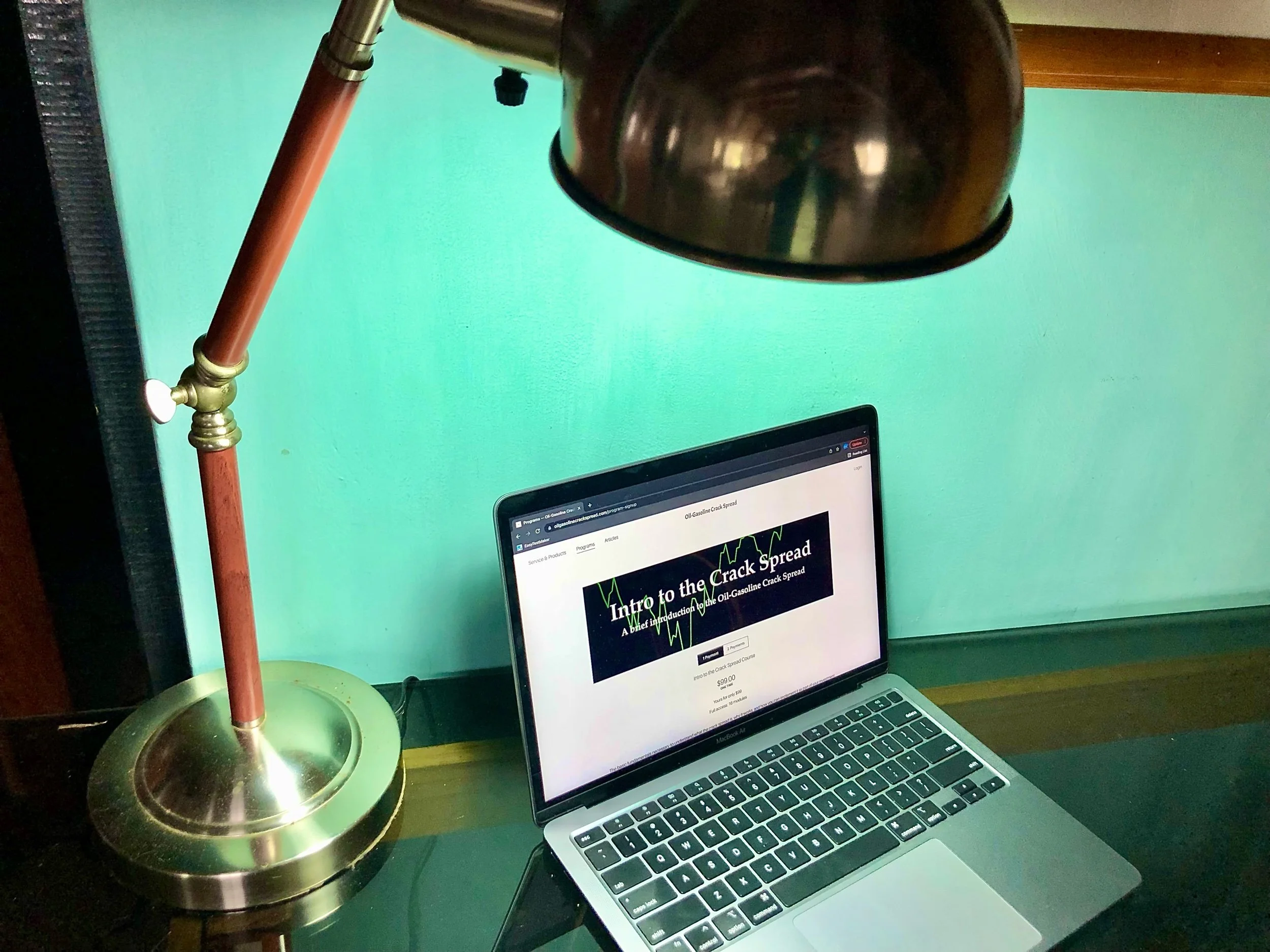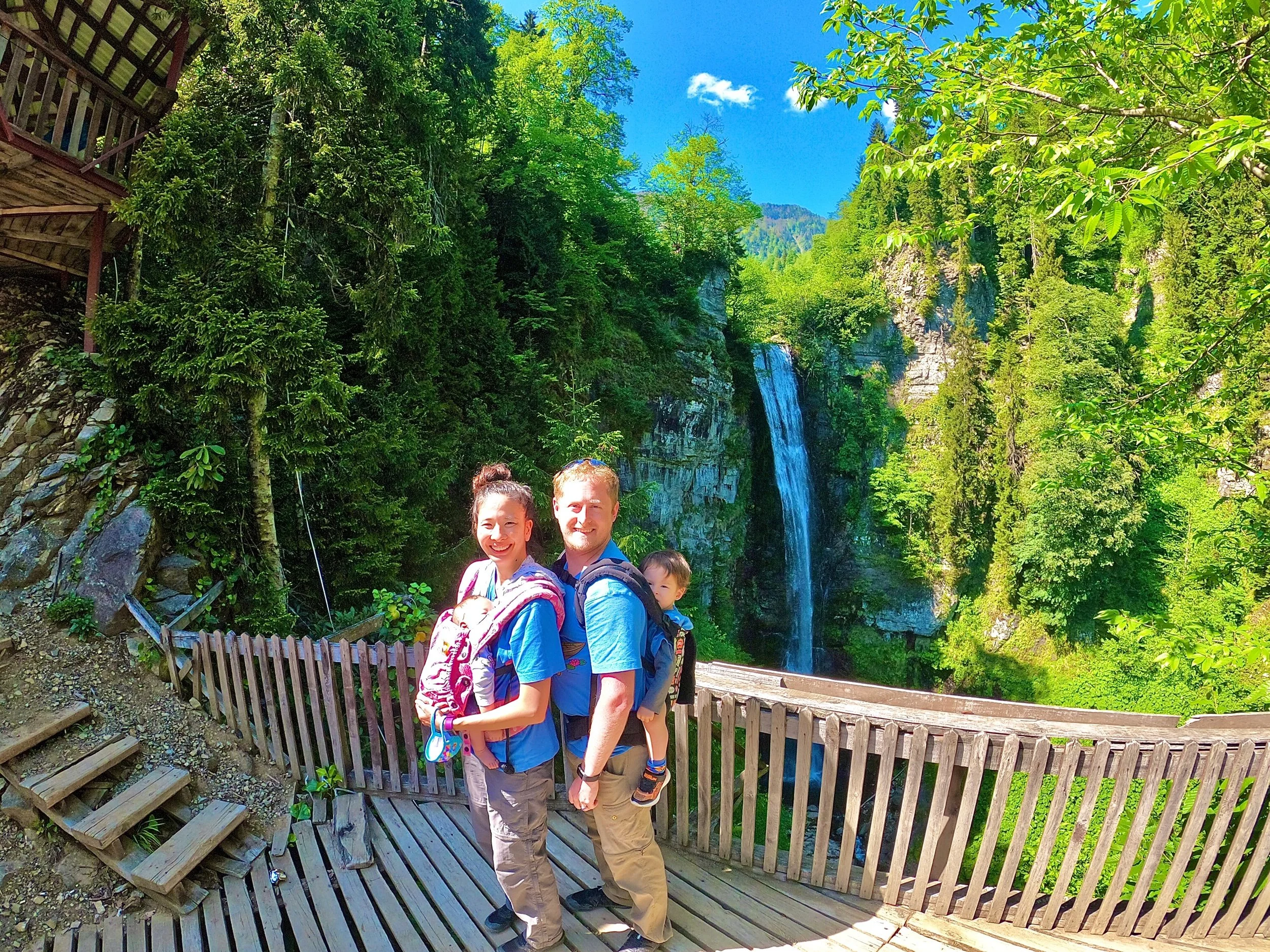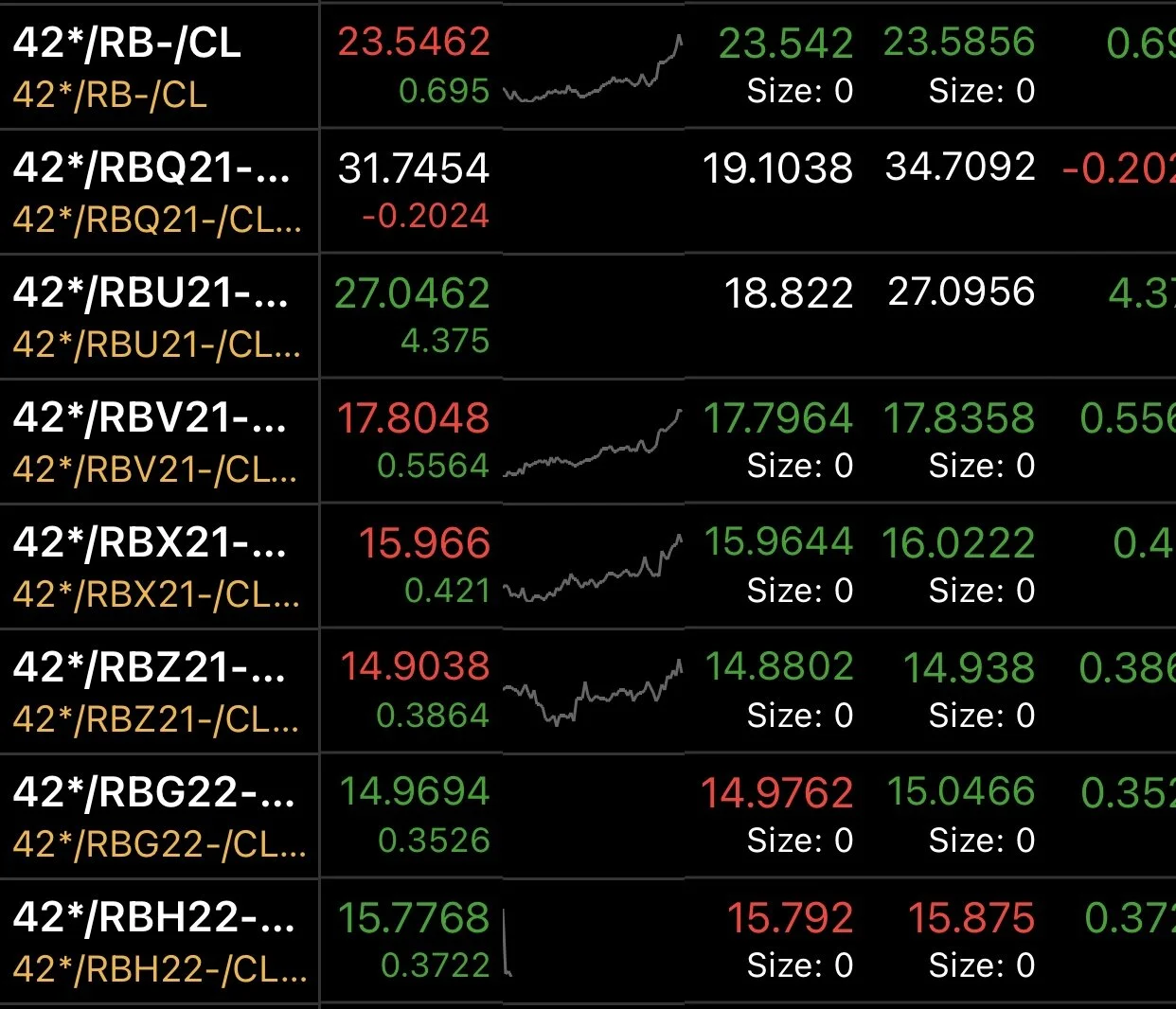Successful Blogging - Building Your Website
Please note: This post may contain affiliate links. See our disclosure to learn more.
Remote Jobs > Online Businesses > Successful Blogging > Building Your Website
Note: This section continues from The Easy Path to a Successful Blog - A Full Step-by-Step Guide - Introduction
The Free Nomad Guide is designed to help people become successful as a blogger, podcaster, YouTuber, influencer, or other type of digital nomad. In this section of the Free Nomad Guide, we focus our attention on making the path to becoming a successful blogger as easy as possible. We remove all of the mystery by providing a clear and logical step-by-step process that both increases engagement and maximizes your revenue much quicker than the average blogger. So, congratulations on choosing this path and welcome to the blogging community!
Blogging Step 1: Building Your Website
To get started, you will need a website, a domain name (a unique name for your blog), a theme for your site, and you should make sure it is designed in a user friendly format.
Next, you’ll want to pick a domain name that will signify what you are offering and will still work well when your blog has grown (i.e. “smallblog.com” is probably not going to make sense if your blog becomes bigger and “happypeople.com” probably won’t help a visitor know what your site is about shoes or travel etc.), and a clean and effective website template/theme.
Then you’ll want to focus on the design of your website and blogs, as they make a huge impact on whether visitors decide to read your blog or come back in the future.
O
Choosing a Website & Blog Host
Most bloggers start out with the free WordPress sites (those are the WordPress.com sites); However, if you want to earn more money from your blog at some point, you’ll need to convert from a free WordPress.com site to a paid version at WordPress.org - otherwise you won’t be able to make any money from ads.
For this, you’ll need a hosting solution. One of the cheapest ways to get started is through one of the most recommend and trusted professional hosting platforms:
HostGator (up to 60% off with this link), which is international (starting at just $2.75/month), or
Blue Host, which is also international but is preferred in the USA (starting at just $2.95/month)
These platforms will allow for the best ability to handle large amounts of traffic. Had we known that BuddyBoss could have built us an optimized WordPress site from the start, we might have chosen to pick one of these hosting platforms - and used BuddyBoss - instead to save a bit of money. Additionally, Blue Host does most of the work for you when connecting a WordPress.org blog. This is great, especially if you are not tech savvy.
However, because we didn’t know about BuddyBoss, we opted to use Squarespace to save time. We were looking for a site that would do most of the work for us, so that we didn’t have to figure out all of the different modules of WordPress and become experts at “one more thing” because we already had quite enough to learn about blogging as it was - so, SquareSpace made that easier for us and has been doing quite well for us since then (packages start at $8.00/month). Additionally, we’ve heard a lot of people have been happy with their switch from WordPress to SquareSpace due to the simplicity of the system and their built in boosting of their pages through RSS feeds - further increasing their traffic.
However, this greatly depends on the amount of flexibility that you need with your site. Food bloggers, or others that might depend on user ratings (for recipes or similar), should probably pick WordPress.org because the ability and flexibility to add specialty plug-ins or modules like “user ratings” does not yet exist at SquareSpace.
So, those are the two options that we recommend for starting out:
an optimized WordPress.org site, hosted on HostGator or Blue Host (and using BuddyBoss if you want to save a year of optimizing it yourself), or
a Squarespace site.
Domain Name
It is important to pick a suitable domain name from the beginning. Understand that it is more than just a name, it's also the brand that you'll have for many years in the future.
Thus, the name that you choose should correspond well with your brand and speak to what you want your audience to remember about your blog. This will help them make the mental connection of what your site is about even after they've finished using it. So, put some thought into what you name your website/blog as you want it to be just as good for your long term vision as it is now.
OUR RECOMMENDATION: Do some research into words that are becoming more popular, or more trendy, recently. This may help make your site more attractive in search engine results.
Note that you can change your domain name later if you need to (usually another $10-$20), but it's wise to consider how much work that might require and if it will have an impact on your customers.
Website Theme
Lastly, you’ll want to start out by choosing a blog-friendly theme. Some are more friendly feeling to visitors of blogs than others. Additionally, the ability to include a standard sidebar that automatically populates on each blog post, and all change at the same time when you make an alteration, is extremely valuable.
Bluehost offers some free blogger friendly themes from WordPress.org. For Squarespace, we personally like the theme “Five” for our blog as it has a built-in side bar (although you may need to use the search function to find it).
Designing your Website & Blog
Just as importantly, you should have a clean looking, well-organized website that doesn't appear to be too “busy.” People generally don't like to feel overwhelmed when they visit a website - so, if too much is going on at once in a single screen, or if it's messy or chaotic, they may get overwhelmed and leave.
Check out our Free Nomad MBA for free courses on designing your blog in a user friendly format (UI/UX Design).
The way that you craft your website, including the template-design of each of your blogs, will make a big difference in generating traffic and income later on. In other words, the user interface (the “UI”) of your site - what it looks like and how it operates - can go a long way in helping share your message in a way that people can feel comfortable using your site. If they feel that it's too confusing or complex to navigate, they may not return to your site.
You'll want your visitors to keep coming back to your website.
Studies have found that:
First impressions on your website are 94% design-related. (Ironpaper)
46% of visitors base their decisions on the credibility of a website from its visual appeal & aesthetics (A Psychology of User Experience)
38% of visitors will stop engaging with a website if the content or layout is unattractive (Hubspot)
75% of judgements on a company’s credibility are based on the company’s website design (Stanford Web Credibility Research)
Your Primary Message
One of the most important things you can do is to have a clear message about what your blog will provide to your audience. In fact, this message needs to be front and center - every visitor should know WITHIN 3 SECONDS what your blog is providing (i.e. “We Make Travel Easy”).
This is your mission, your tagline, and basically what you want your readers to FEEL when they visit your blog.
We recommend that you make it as clear and as simple as possible. One short, simple, concise sentence that can be read, and understood, within 3 seconds.
You can expand on this with a 30 second paragraph that is designed like an elevator pitch. If you do this, think about what makes you and your blog unique, then make sure that this pieces of information are reflected in what you say.
I cannot stress enough how important this message is! If your readers don't understand what your website and blog are doing for them, they will simply read the article that you wrote and then leave without understanding why you wrote that article or for what reason they should return to read more in the future.
Trust us, visitors who return on their own are better than ones you have to keep enticing to come back.
Share Your Story
Additionally, it helps to share a story, or many stories, about you - things that your visitors can relate to - such as mishaps and lessons learned - to help them connect emotionally to you and your site as well.
If your readers feel like one of your friends, then they will engage more frequently as well. Their perception of the messages they receive at your site will either make them more engaged - more a part of your family - or the opposite. No message is neutral, so if it feels neutral it is likely a message that makes them feel less included as part of your family and website.
Think about it this way, do you feel more inclined to re-visit a small sandwich shop where you’ve met the friendly owners - who have a compelling and emotional story of where they come from and/or why they started this shop - or a big chain restaurant?
Even if you like the chain restaurant better, you may feel more connected to - and even partially responsible for the success of - the small sandwich shop. If you know the people, you may even ask them about their personal life and how things are going. This generally doesn’t happen - nor is it typically acceptable to do - at larger chain restaurants. But these relationships are important for the success of smaller restaurants as well as blogs.
In the same way, a feeling-less site with no emotion might be “professional,” but it generally gives no emotional incentive to return. This may be a fine choice for a large company with millions of customers, but it's not a good choice for a small budding blog.
Let your readers share in your awe and your mishaps along the way. Let them know more about you and even share some of your private or family details with them (in a way that maintains your safety).
Remember - Key Takeaways
Your website message, design, and story should all be complete before you make any strong campaigns to add traffic and before you make any serious attempts at generating money from your blog.
There's not much use in working tirelessly day and night for many months to get millions of people to visit your site if only 5 of them are ever going to come back!
However, while it’s imperative - within the first year - to make sure that your website is:
designed in an easy to use format that appeals to your customer base,
sends the right message on what your site is about, and
makes them feel like they are a part of your family
it is also important to start producing some content for your blog at the same time - and creating content that people want to read isn’t as simple as writing a standard journal.
Creating effective content requires researching, formatting, and the forward thinking to make each piece of content work in more ways than one.
So, the next thing that'll you'll need to do after you get your website all set up is to do research to find out what content will be the most effective!
If you haven’t looked at them yet, check out the other sections of this “Easy Path to a Successful Blog”:
Make sure you sign up for the “Become a Nomad!” email list to be notified when new digital nomad income methods are released. You don't want to miss them!
<<< Can’t wait? Check out The Blog Millionaire for a full course right now! >>>
Thank you VERY much for reading our article. We actually created this website to help people reach financial independence. Did you know that by having a remote job and traveling endlessly, or living in a country that has low costs of living, you can actually reach retirement quicker? Plus, retirement abroad is up to 75 percent cheaper as well! Learn more by exploring our website: EatWanderExplore and REmotiFIRE.
See our Thank You page to sign up for our free weekly newsletter - you’ll receive only 1 email per week letting you know about our latest travel articles, remote-work life, and amazingly affordable destinations!
Found this post useful? Buy us a coffee to help support this site’s running costs OR share this article with a friend.










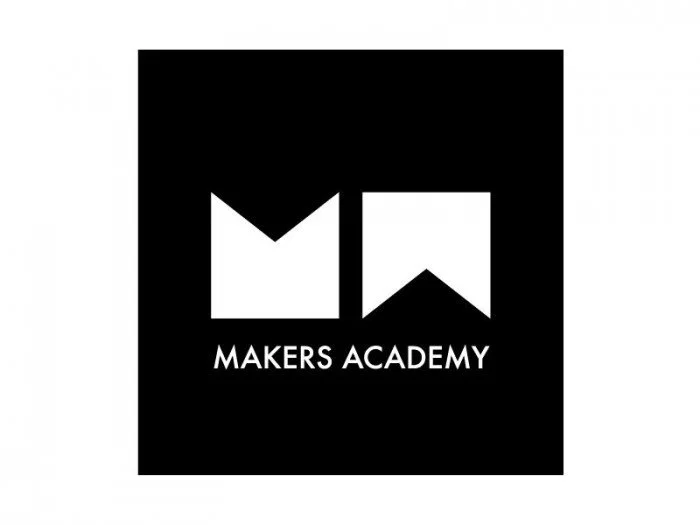
![Tech Elevator Demystified: Reviews, Legitimacy, and Winning Alternatives [2024]](https://images.squarespace-cdn.com/content/v1/5a028c7bbce1766d207a8a6f/1707008329038-96GH4TTYZATP6N3WDWXR/tech_elevator.png)
![Cracking the Code: Coding Dojo Reviews, Legitimacy Check, and Top Alternatives [2024]](https://images.squarespace-cdn.com/content/v1/5a028c7bbce1766d207a8a6f/1707007756149-VSJNN2PHHX2RWK6RSVQM/coding_dojo.png)
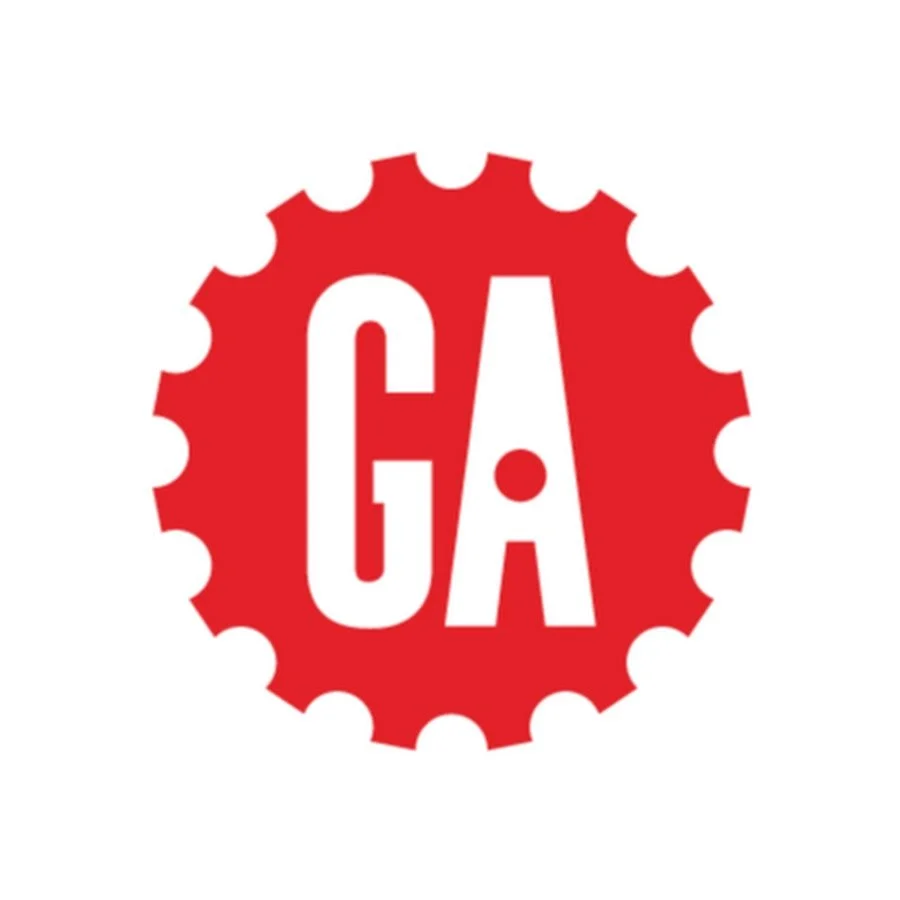

![App Academy Unveiled: Reviews, Legitimacy Check, and Top Alternatives [2024]](https://images.squarespace-cdn.com/content/v1/5a028c7bbce1766d207a8a6f/1707008090320-IUIIV4T416FP5ILRGK5W/app_academy.png)
![CareerFoundry Decoded: Reviews, Legitimacy, and the Best Alternatives [2024]](https://images.squarespace-cdn.com/content/v1/5a028c7bbce1766d207a8a6f/1707008030234-CZTE1805JUCU2M2GK7RO/careerfoundry.png)


